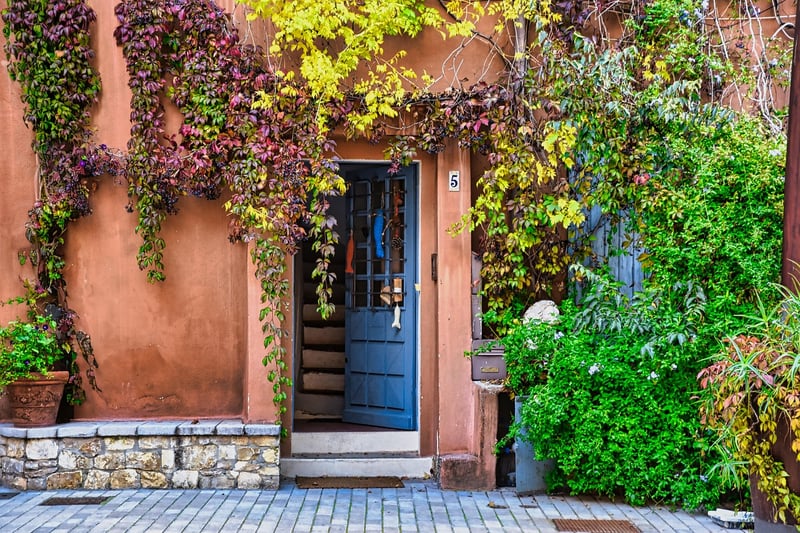Light requirements
Keep Your Vertical Garden Thriving
Introduction
Welcome to our guide on maintaining a lush and vibrant vertical garden! Vertical gardens are a fantastic way to bring greenery into small spaces and create a visually stunning display. In this article, we will provide you with tips and tricks to ensure your vertical garden remains healthy and thriving.
Light Requirements for Vertical Gardens

Light is one of the most crucial factors for the health of your vertical garden. Different plants have varying light requirements, so it's essential to understand the needs of the specific plants in your vertical garden.
Types of Light
- Full Sun: Plants that require full sun need at least 6-8 hours of direct sunlight per day. Examples include tomatoes, peppers, and herbs like basil.
- Partial Sun/Partial Shade: These plants thrive in 3-6 hours of sunlight per day. Examples include lettuce, spinach, and some ferns.
- Full Shade: Plants that prefer full shade thrive in less than 3 hours of direct sunlight per day. Examples include ferns, peace lilies, and spider plants.
Placement Tips
When setting up your vertical garden, consider the following tips for optimal light exposure:
- Place sun-loving plants on the top rows where they can receive the most sunlight.
- Shade-tolerant plants can be positioned in lower rows or areas with limited direct light.
- Rotate your plants periodically to ensure even light distribution and prevent overcrowding.
Supplemental Lighting
If your vertical garden does not receive adequate natural light, you may need to supplement with grow lights. LED grow lights are energy-efficient and can provide the necessary light spectrum for plant growth.
Conclusion
By understanding the light requirements of your plants and following our tips for placement and supplemental lighting, you can keep your vertical garden healthy and thriving. Remember to regularly monitor your plants' condition and adjust their placement as needed to ensure they receive the right amount of light for optimal growth.
